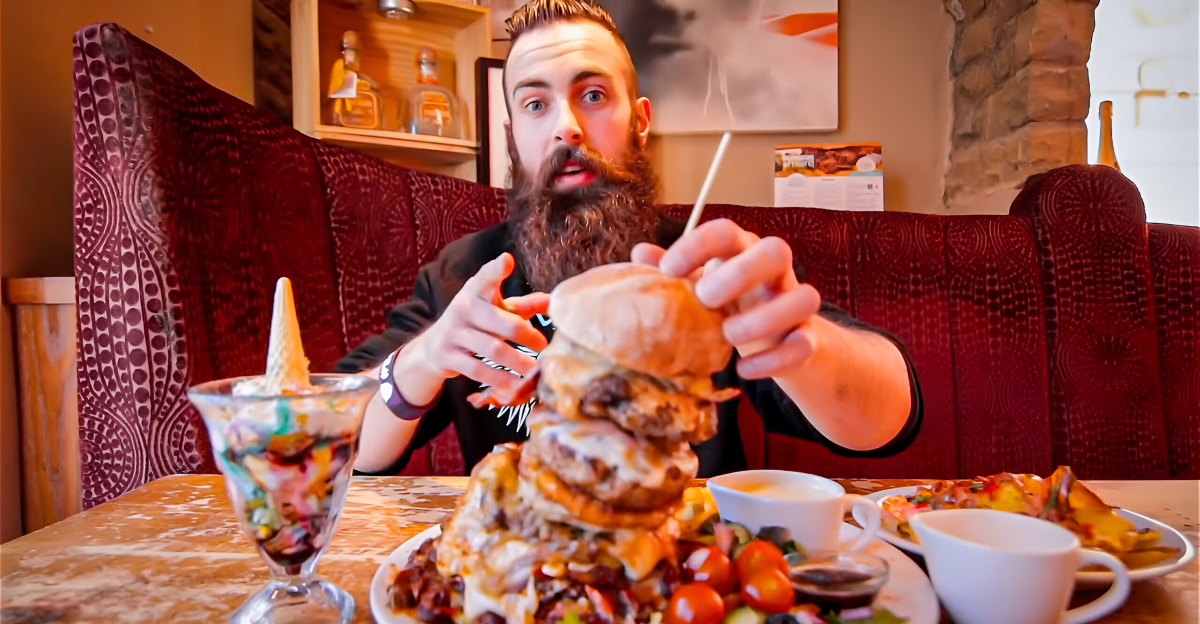
The sudden closure of a whole chain of a big burger chain in a vast market catches customers and investors off guard. Fast food is recession-proof, but the move indicates underlying concerns: shifting customer preferences, rising business costs, and strategic refocusing.
Therefore, they are not single cases that have happened in isolation but instead are part of an industrial trend: chains close down money-losing units to invest in areas of growth. Such developments give much food for thought regarding the flexibility and endurance of fast-food superpowers in these speedy market times.
What does it mean when such a company buys out one of its franchises, or what does it mean for prospects for that particular chain? Let’s examine this closer.
The Strategic Logic Behind Mass Closures
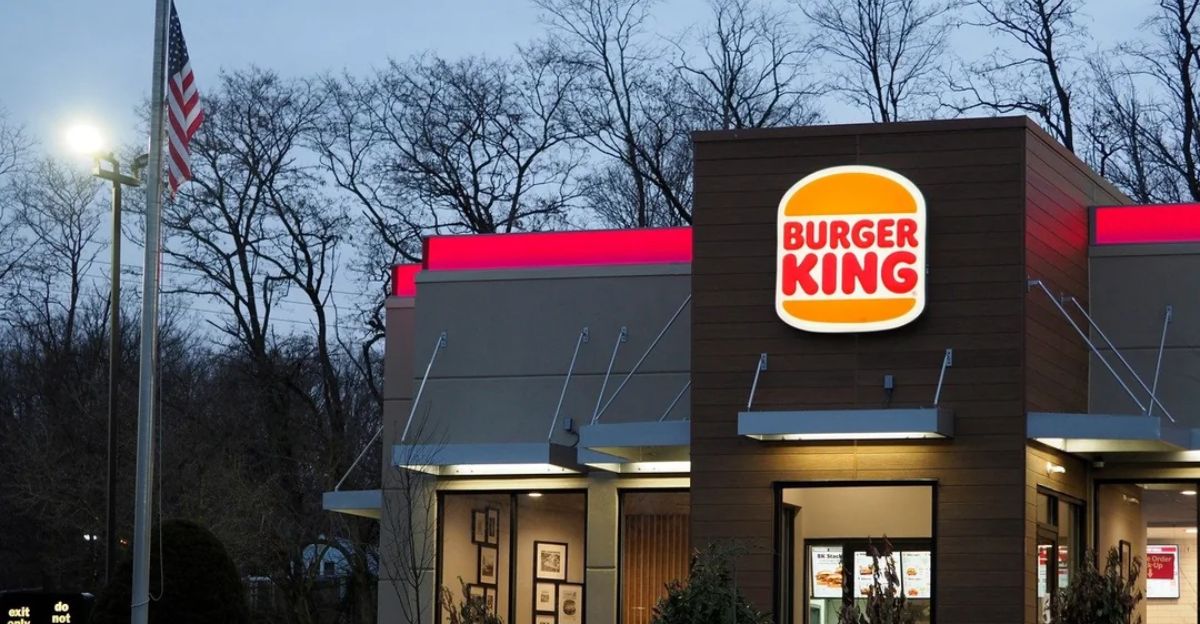
Mass closing all stores within a prime location is a brutal but strategic move. Chains like Burger King and Jack in the Box have reported closing several hundred “unviable” stores to cut losses and redirect resources to profitable stores.
It is not withdrawal but a surgical removal to improve portfolio performance amid stiff competition and changing consumer trends. The closures are usually older, under-performing stores, so the brand can redirect resources to innovation and online ordering.
It is part of a $400 million “Reclaim the Flame” plan to renovate core locations and rebuild same-store sales.
How Job Losses Are Shaking Local Economies and Communities
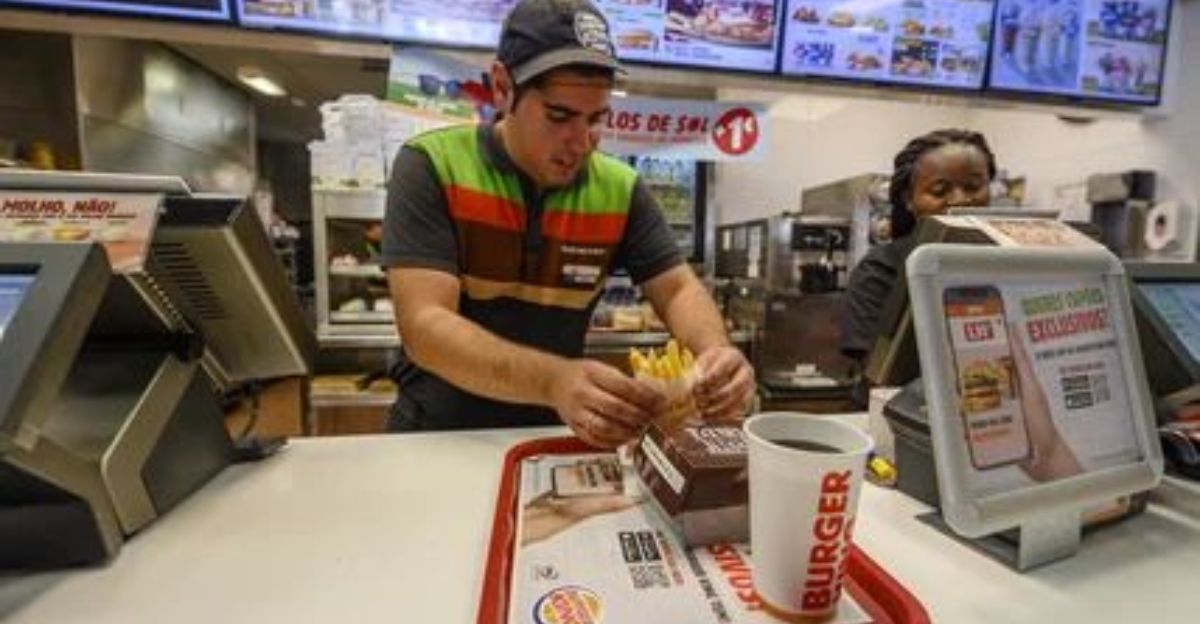
Burger chain closings send tremors through local economies. For every closed restaurant, dozens of employees, from food runners to managers, lose their paychecks.
The ripple effect is then felt by distributors, suppliers, and support services, contributing to regional economic pressure. The pandemic has left a long shadow, eliminating millions of restaurant jobs nationwide.
Temporary though they are, some dismissals, more profound community hardship follows, especially in the communities that depend on them. The human cost is a stark reminder that corporate decisions have dire social consequences.
How Store Closures Influence Consumer Behavior
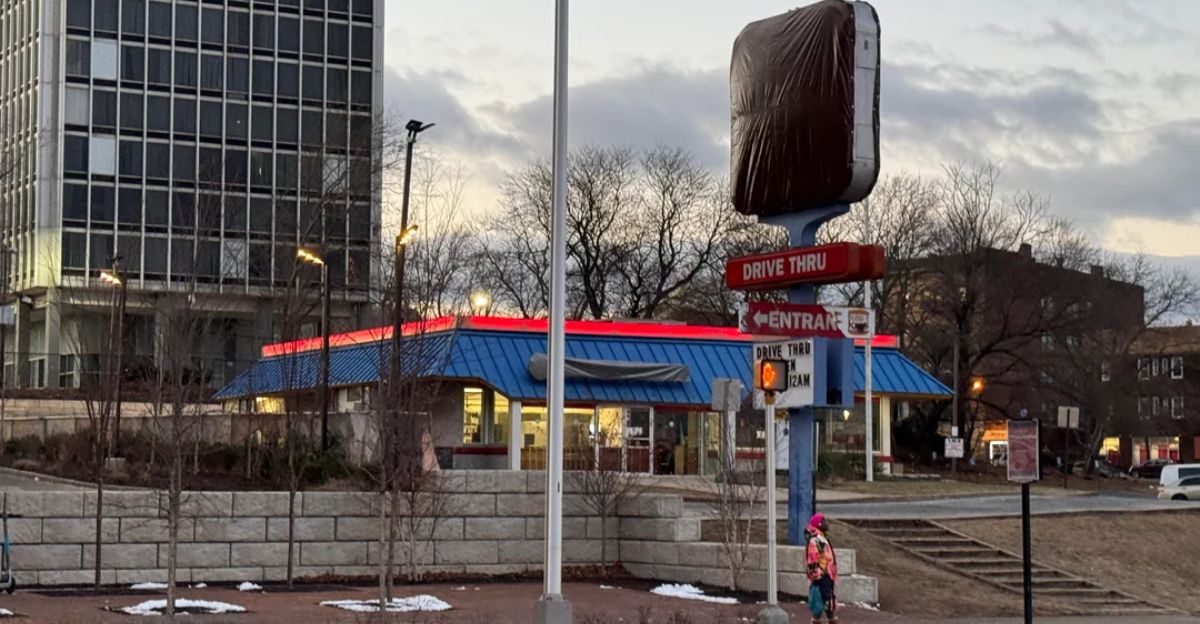
When localized fast-food restaurants vanish, consumers are disrupted and must adapt. Research shows that closures increase the “cost of learning” for consumers who must search and learn about substitutes, often paying higher prices or settling for less-preferred substitutes.
This disruption will erode customer loyalty and shift market share to competitors. Consumers sometimes reduce overall visits to fast food, accelerating declines in traffic.
Also, the emotions caused by losing a trustworthy brand figure are an undervalued but important component in examining the long-term consequences of changes in consumer behavior.
The Decline Of Storefront Retail: Could It Be A Good Thing Rather Than Bad?
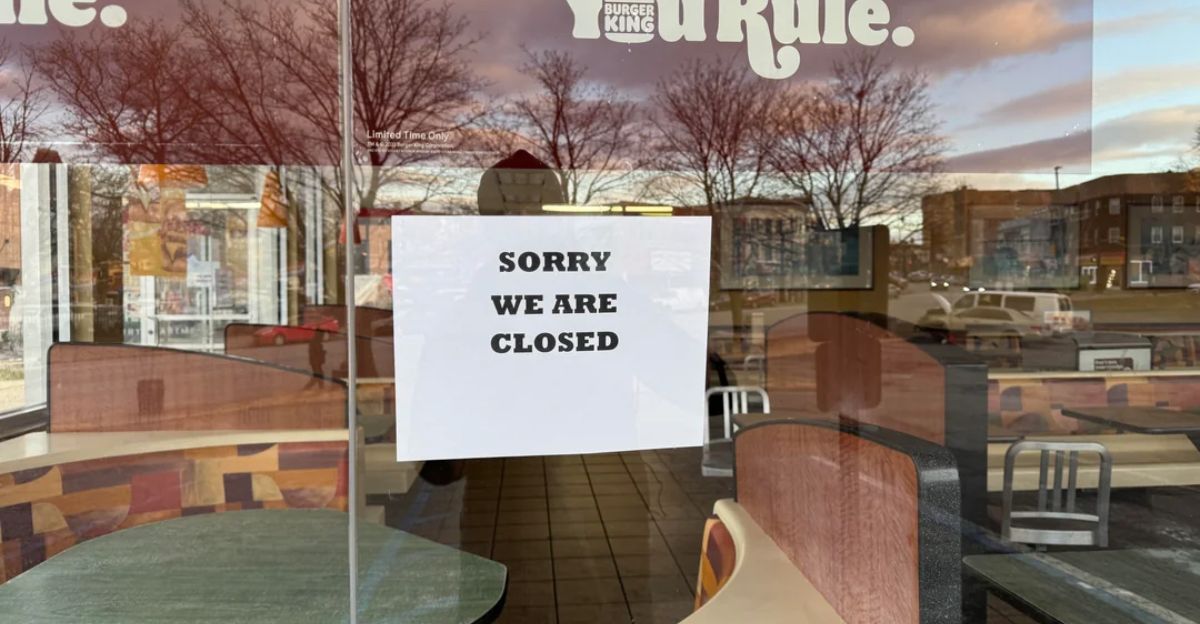
However, as bad as closures may appear, they can signal some discipline and even strength at a brand. Through ruthlessly closing underperforming locations, chains can concentrate on innovation, quality, and customer service in thriving places.
This “less is more” attitude can make the company more profitable and build the brand. Previous history suggests that companies that shed unnecessary capacity are more likely to return leaner and competitive. Thus, closures may be the precursor to a leaner, healthier, and more competitive business model rather than an indication of impending doom.
The Role Of Remote Work and Urban Shifts In Decreased Foot Traffic

One underappreciated motivator of closures is the long-term impact of downtown office and urban population shifts. With fewer tourists and office workers downtown, fast-food units in these locations see dramatic declines in traffic.
Chains reliant on commuter and lunch traffic customers find these locations unsustainable. This structural realignment forces brands to rethink location strategy, shifting toward suburban or drive-thru models. Burger chain closings in some areas likely reflect these large-scale shifts reshaping the fast-food market.
How Competitors Seize Opportunities In Abandoned Markets
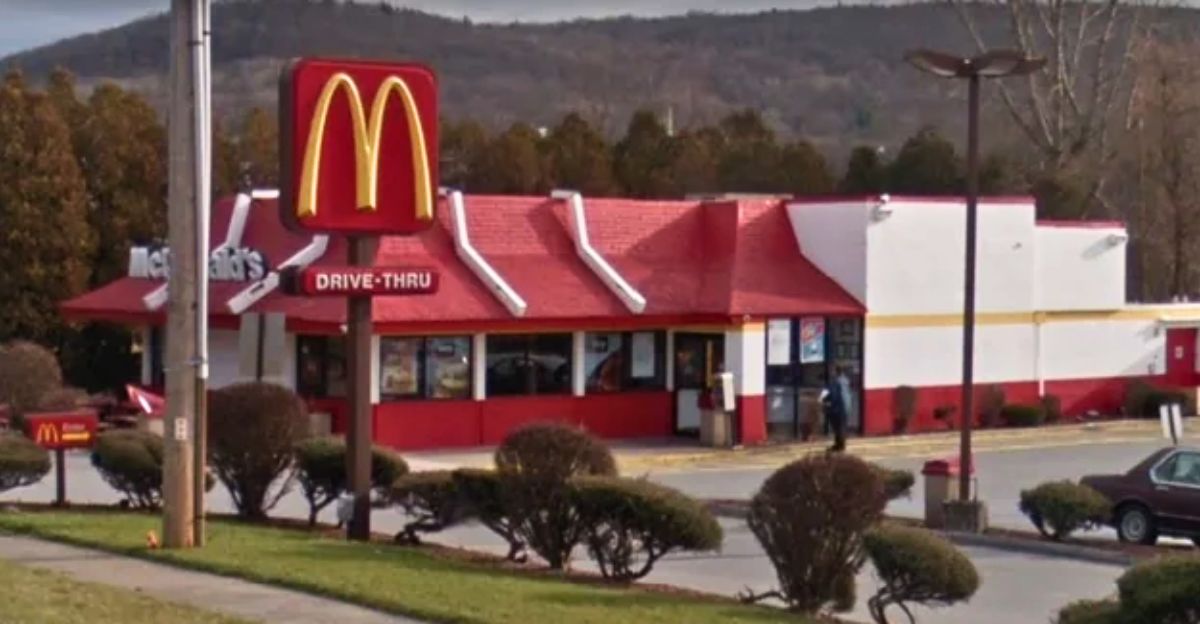
Closure provides an entry point for competitors to take over market share. McDonald’s, for example, has taken over closed Burger King locations in New York, adding to the battle for control.
Such encroachment can redefine local market dynamics, forcing remaining players to become creative or cost-cutting.
The flight of one chain can trigger a chain reaction of strategic moves across the fast-food cosmos, influencing prices, menu offerings, and marketing strategies. Competitive turnover is a natural but dizzying industry force.
What Past Chain Contractions Teach Us

History gives precedents: chains like Subway closed over 600 units in 2024 amidst inflation and a consumer behavior shift. Similarly, Red Lobster and TGI Friday’s downsized to survive.
These shutdowns usually occur before changes, makeovers, digital makeovers, or franchise model realignments. Previous shutdowns are reminders that survival is not about size but innovation. Here in a mercurial market, the regional exit of the burger chain hangs a lantern on that tendency.
The Behind-The-Scenes Operational and Supply Chain Obstacles
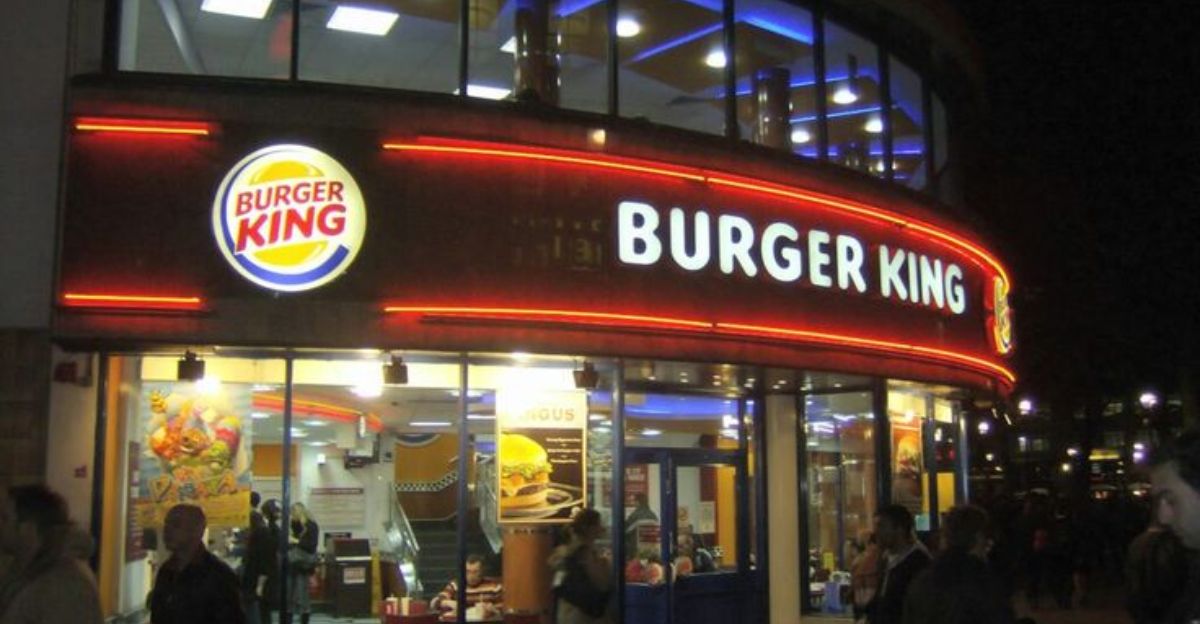
It’s not just consumer habits that set store closure rates; operational problems are also to blame. Inflation pushes up food, labor, and rent costs, squeezing margins. Supply chain disruption adds risk and cost.
It’s no longer possible to maintain undermodernized or poorly located branches. Chains must balance cost-cutting with maintaining quality and service. Failure to do so accelerates closings.
The burger chain’s action is likely a response to an unsustainable cost structure in the market area, compelling a reset for the sake of overall brand wellness.
What The Closures Mean For The Industry and Consumers
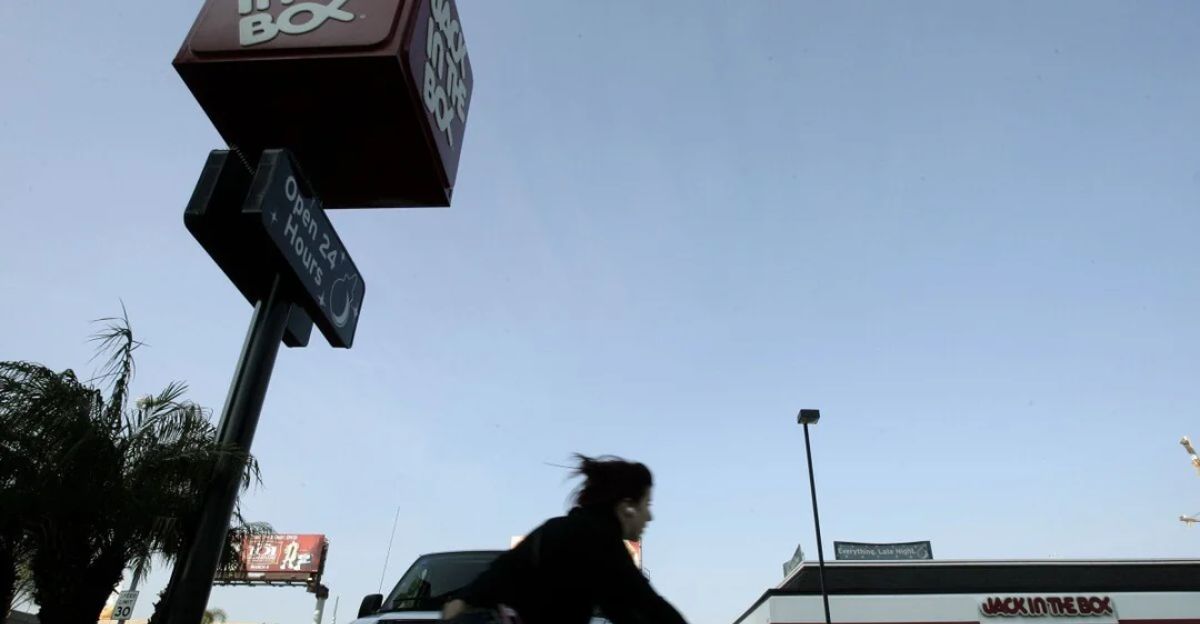
The closure of all the locations of a big burger chain in a key market sends a multifaceted message: it signals a strategic shift, an adaptation to economic and behavioral patterns, and an indication of ongoing industry change.
While ugly for employees and communities, the other is to provide fertile ground for the company’s future growth. Consumers can look forward to a fast-food world in which technology and convenience are critical, where tastes change depending on what fits well at any time.
One thing is for sure: the industry’s future lies in flexibility, creativity, and the freedom to cast off the deadwood of custom. This chapter is a study of how even giants stand on tiptoes as they must face transformation or perishing.
